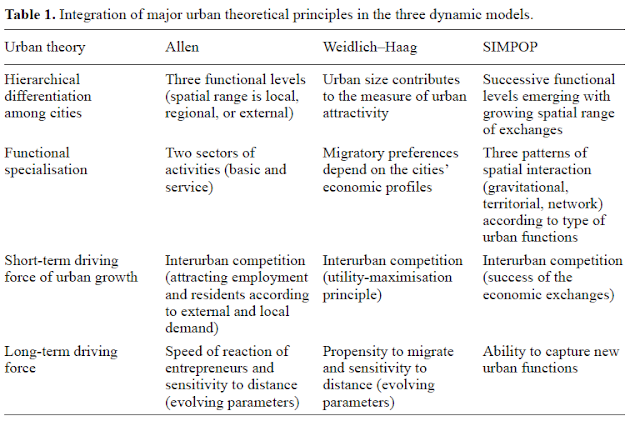New Editorial: Generative AI and Urban Modeling
In the current issue of Environment and Planning B, we (Boyu Wang, Na Jiang and myself) have a new editorial entitled “Generative AI and Urban Modeling”. The premise of this editorial is that Generative AI (GenAI) is impacting all aspects of …
Continue reading »









